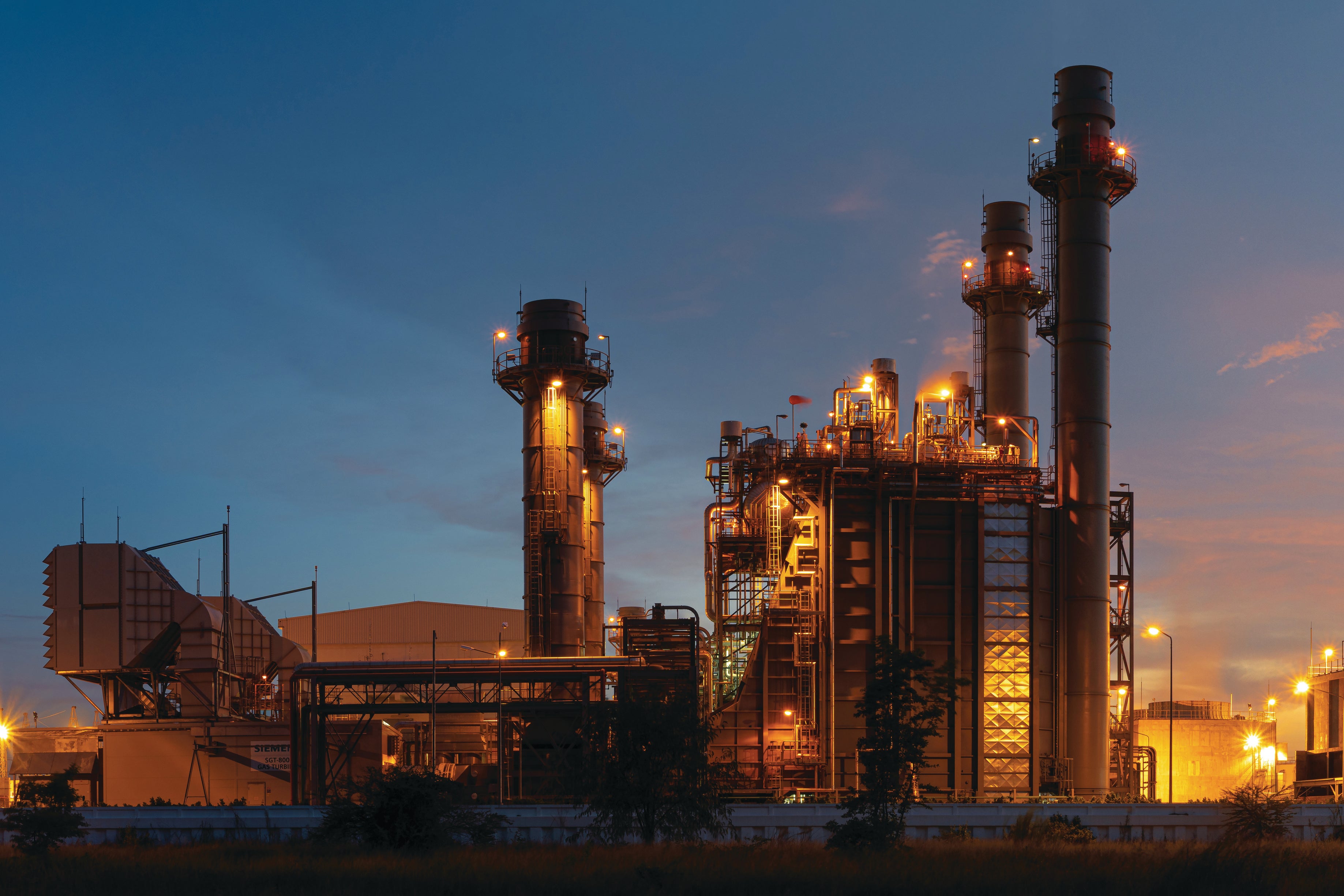
NOx analyser



Technologies used for NOx monitoring
A variety of methods exist for measuring NO and NO2, ranging from relatively inexpensive off-the-shelf commercial analysers to research grade, highly sensitive techniques.
- Chemiluminescence is currently the most commonly used method of measuring NOx (both NO and NO2). It involves reducing NO2 to NO followed by a reaction with ozone and chemiluminescence — the emission of electromagnetic radiation during the course of chemical reactions, where the radiation, whether ultraviolet, visible, or infrared, is most commonly generated by oxidation. The concentration of NO2 is determined from the difference between NOx (the sum of NO and NO2) and NO measured directly.
- Cavity Attenuated Phase Shift (CAPS) is a technique closely related to Cavity Ringdown Laser Absorption spectroscopy (CRDS). It uses a wideband, incoherent light source (a 430-nm LED) which is well-matched to the broad absorption band of NO2 in the blue region of the spectrum.In the CAPS technique, photons are injected into a low-loss optical cavity defined by two or more mirrors. If the mirrors are highly reflective, the photons will make many passes within the mirror cavity, slowly leaking out and traveling to the detector. The resultant signal is detected using demodulation techniques to produce a phase shift that is proportional to the absorbance of the light by the presence of nitrogen dioxide. CAPS reliably measures NO2 concentrations of well under 1 ppb up to 1000 ppb and is widely considered the most effective technology for directly measuring NO2.
NOx analyser applications
Traffic emissions — roadside, tunnels
Outdoor & indoor air quality
Mobile & fixed monitoring stations
Industrial fence-line
Stack emissions
Plumes
Research studies
Medical gases
Process control
Find out more about our Acoem NO & NO2 analysers
Find out more about Acoem NOx analysers

See it in action
Learn more or schedule a demo.
Would you like to…?







